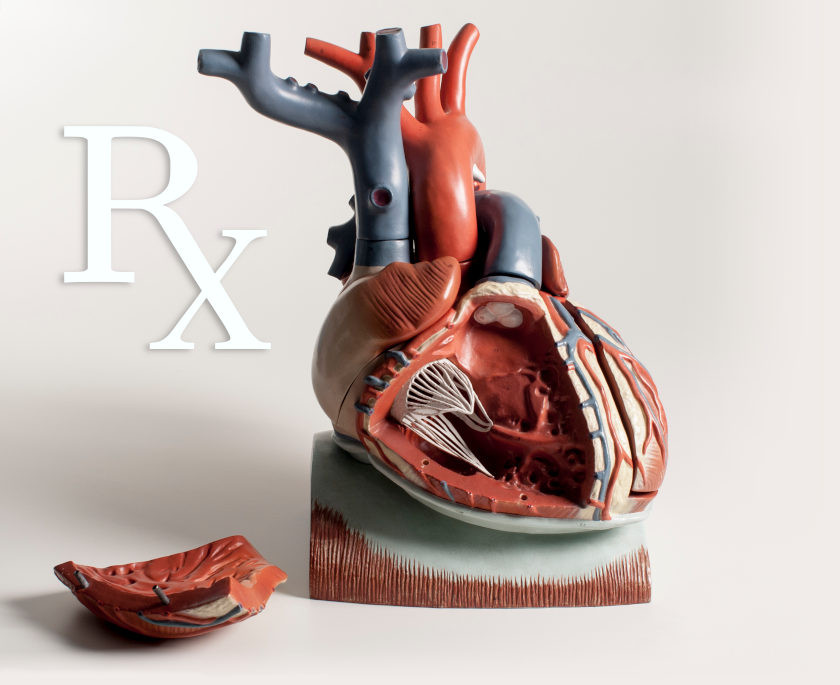The Pharmacologic Treatment of Pulmonary Hypertension
- Page 1: Pulmonary Arterial Pressure
- THIS PAGE: Pulmonary Arterial Hypertension - Types and Causes
- Page 3: Treatment of Pulmonary Hypertension
Pulmonary Arterial Hypertension — Types and Causes
Pulmonary arterial hypertension (PAH) is commonly defined as a mean pulmonary arterial pressure ≥ 25 mmHg at rest, or greater than 30 mmHg during exercise, although recently a mean pressure > 20 mmHg has been suggested as a new definition. The normal adult mean pulmonary artery pressure is about 15 mmHg.
One simple way to classify PAH is as two broad categories: primary PAH or secondary PAH. Primary PAH has no known precipitating cause (i.e., it is idiopathic) and appears to be hereditary in some individuals. This is a progressive disease that has a poor prognosis and no known cure. Secondary PAH results from an identifiable cause or condition. The most common cause of secondary PAH is chronic obstructive pulmonary disease. Chronic hypoxia associated with this condition results in pulmonary vasoconstriction (hypoxic vasoconstriction). Other causes include obstructive sleep apnea, congenital heart disease, chronic hypoxemia, pulmonary thrombosis (blood clots), or left ventricular failure. The World Health Organization has developed a more nuanced classification scheme of 5 groups based on the underlying mechanisms/causes of PAH.
Hemodynamically, PAH can be caused by increased right ventricular output, increased pulmonary systemic vascular resistance, or increased pulmonary venous pressure. Because the pulmonary vasculature is normally very compliant, large increases in right ventricular output do not increase pulmonary arterial pressure too much. However, if the pulmonary vasculature becomes less compliant because of disease, then increased right ventricular output can lead to PAH during exercise, for example. Most individuals with primary or secondary PAH have increased pulmonary vascular resistance, which is caused by structural changes in the vasculature or by increased vascular smooth muscle contraction. Patients who have left ventricular systolic or diastolic failure, or who have severe mitral valve stenosis or regurgitation, can also have secondary pulmonary hypertension. This occurs because of an increase in pulmonary venous pressure, which causes blood to back up into the pulmonary vasculature.
Revised 11/30/2023

 Cardiovascular Physiology Concepts, 3rd edition textbook, Published by Wolters Kluwer (2021)
Cardiovascular Physiology Concepts, 3rd edition textbook, Published by Wolters Kluwer (2021) Normal and Abnormal Blood Pressure, published by Richard E. Klabunde (2013)
Normal and Abnormal Blood Pressure, published by Richard E. Klabunde (2013)